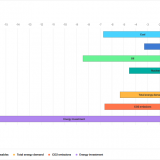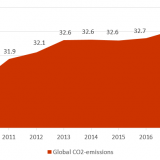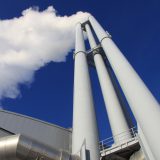The year 2023 not only brought the German electricity market a substantial recovery from the high price phase in 2022, but also held some exciting developments in the areas of prices, generation, capacity expansion and electricity trading.
Continue reading









